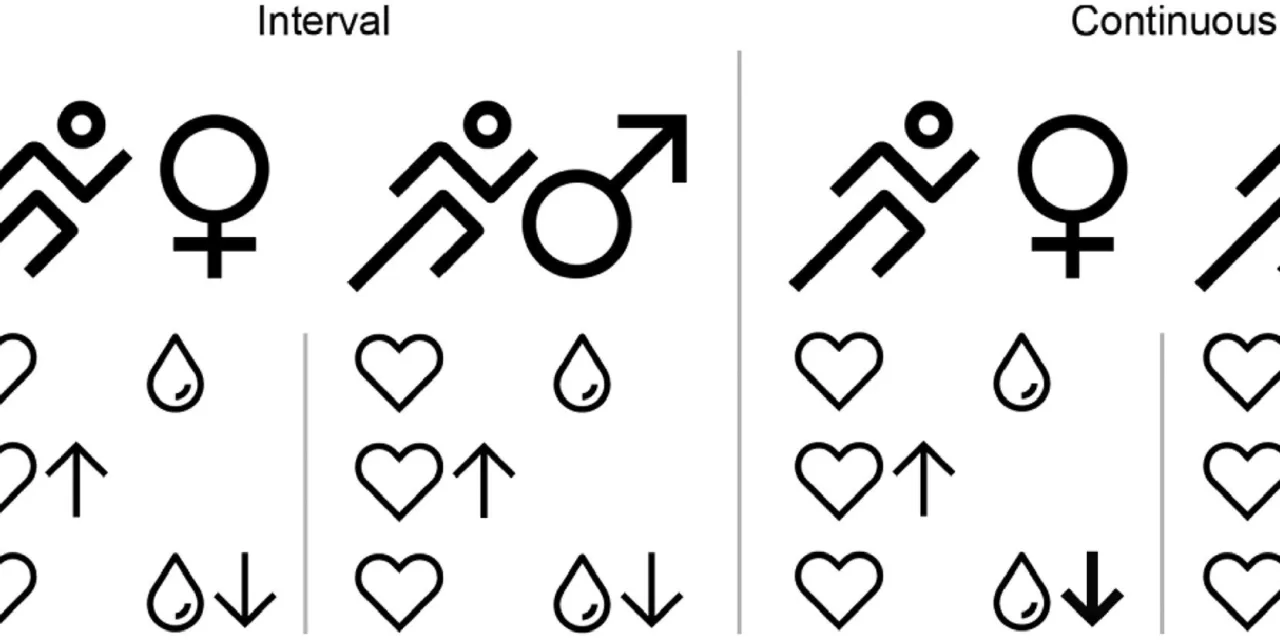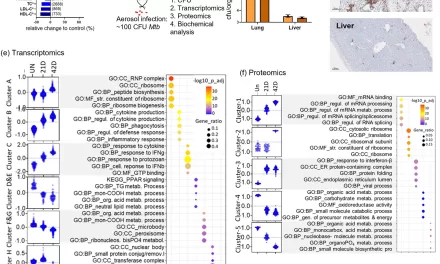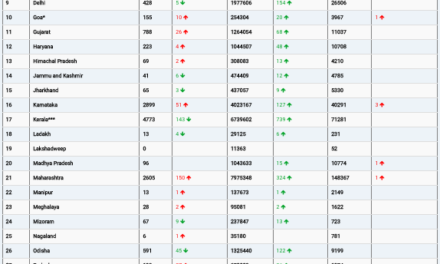São Francisco and Staffordshire – A groundbreaking study led by the Universidade Federal do Vale do São Francisco in collaboration with Staffordshire University has identified the most effective types of exercise for patients with diabetes, aiming to improve training strategies for managing the condition. The research, recently published in The American Journal of Cardiology, explores how different exercise regimens impact glycemic and cardiovascular responses in individuals with type 1 diabetes.
Dr. Pooya Soltani from Staffordshire University emphasized the study’s significance, stating, “Diabetic patients often struggle with motivation to exercise due to the discomfort caused by blood sugar drops. Our research investigates whether specific types of physical activity can help mitigate these drops and enhance overall exercise adherence.”
The study involved 19 participants with type 1 diabetes who took part in two randomized trials. The trials compared the effects of interval aerobic exercise with continuous aerobic exercise on participants’ glycemic and cardiovascular responses. Each participant completed 30 minutes of moderate aerobic exercise on a treadmill. During the interval aerobic session, participants alternated between 1-minute intervals at 40% and 60% of their estimated maximal oxygen consumption (VO2max). The continuous exercise session was performed at 50% of VO2max.
Researchers measured heart rate, blood pressure, and blood glucose levels before, immediately after, and 20 minutes following each exercise session. Participants also rated their perceived exertion and enjoyment levels. The results showed similar cardiovascular responses, exertion rates, and enjoyment levels across genders and exercise sessions. However, significant differences were observed in blood glucose levels.
Men experienced more pronounced reductions in blood glucose levels immediately after and 20 minutes after continuous aerobic exercise, as well as immediately after interval exercise. In contrast, women only showed reduced blood glucose values after continuous exercise.
Dr. Jorge Luiz de Brito-Gomes from Universidade Federal do Vale do São Francisco highlighted the implications of these findings: “Our study reveals that interval exercise, such as short bursts of walking, is preferable for male patients with low blood sugar levels. Conversely, continuous exercise, like running, is better suited for those with higher initial blood sugar levels. These tailored approaches can help prevent sudden drops in blood sugar.”
“For female patients,” Dr. Brito-Gomes continued, “both interval and continuous aerobic exercises are effective starting points. We hope our findings underscore the importance of gender-specific recommendations for aerobic exercise, especially for men with inconsistent physical activity levels.”
The study concludes that personalized exercise regimens considering gender-specific responses can enhance exercise efficacy and safety for patients with type 1 diabetes.
More Information: Gender-Related Glycemic and Cardiovascular Responses After Continuous and Interval Aerobic Sessions in Patients With Type 1 Diabetes: A Randomized Crossover Study, The American Journal of Cardiology (2024).
Provided by: Staffordshire University











